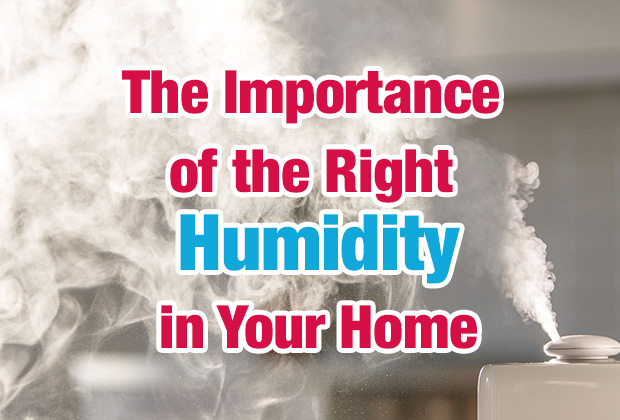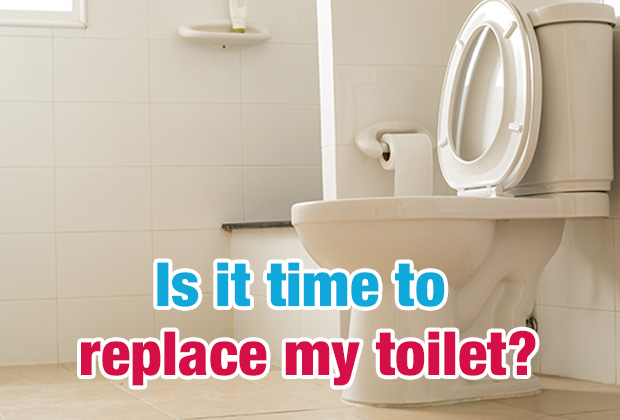What is relative humidity?
In a nutshell, relative humidity means that as temperatures rise or decrease in your home, the capacity of the air to hold water changes. It is critical to have the right level of moisture in your home for maximum comfort and proper breathing. It also helps to ensure that your heating and ac system is working at peak performance.
The optimal humidity level in your home depends on your personal preferences, clothing, and level of physical activity. A comfortable range in your home can be from 30% - 60%. However, ASHRAE (American Society of Heating, Refrigerating and Air-Conditioning Engineers) recommends a range of 45% - 55% in your home to manage health effects and illnesses. Anything over 55% is considered too high.
Comfortable: 30% - 60%
Recommended: 45% - 55%
High: 55% - 80%
What if there is too much humidity?
You may be familiar with how humidity affects outdoor weather and how the temperature feels. While it may be a nice 80º F day outside, humid air can make you feel hotter. The same principle holds true for your home. If the air is humid, it can be difficult for your body to adjust to temperatures correctly. Dehumidified air feels cooler. So during the summer, having a dehumidifier in your home will help you feel cooler and could result in energy savings. Other problems caused by air that’s too humid are:
• Mold growth
• Wet insulation
• Rot on woodwork
• Muggy conditions
• Sleep discomfort
What problems are caused by not enough humidity?
Not enough humidity is typically found in homes during the winter due to turning on the heat. Dry air can cause a lot of health problems, including chapped lips, sore throats, dry sinuses, itchy skin and much more. Not to mention that viruses and germs thrive in dry environments. That means if your air is too dry, you risk getting sick. The amount of static electricity in your home also increases, and you may notice a few small shocks when touching blankets and doorknobs. Not having enough humidity can also cause damage to your home, including your wood and floors, furniture, electronics, paint and more.
How can we manage humidity levels in our homes?
A smart thermostat can help you determine your home’s humidity levels. If you’re having trouble getting to the 30 to 50% range, we recommend a whole home humidifier. One of our A#1 Air Certified Technicians will be happy to assess your home’s needs and determine if a whole-home humidifier is right for you. So call us today!





